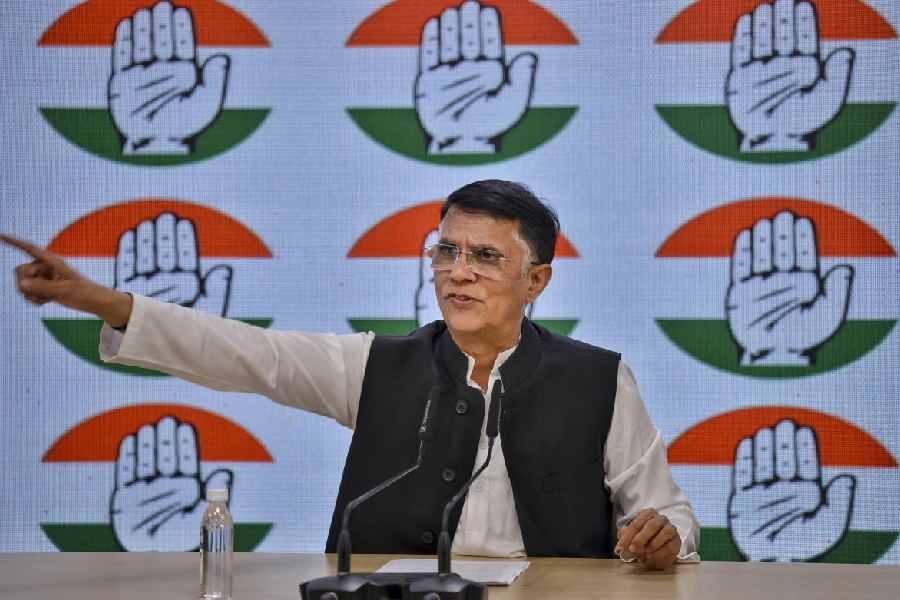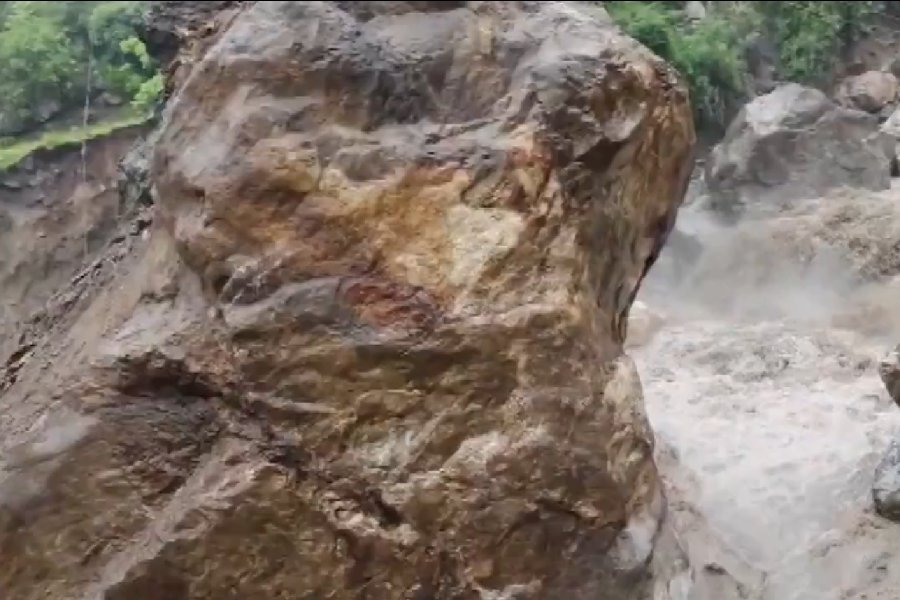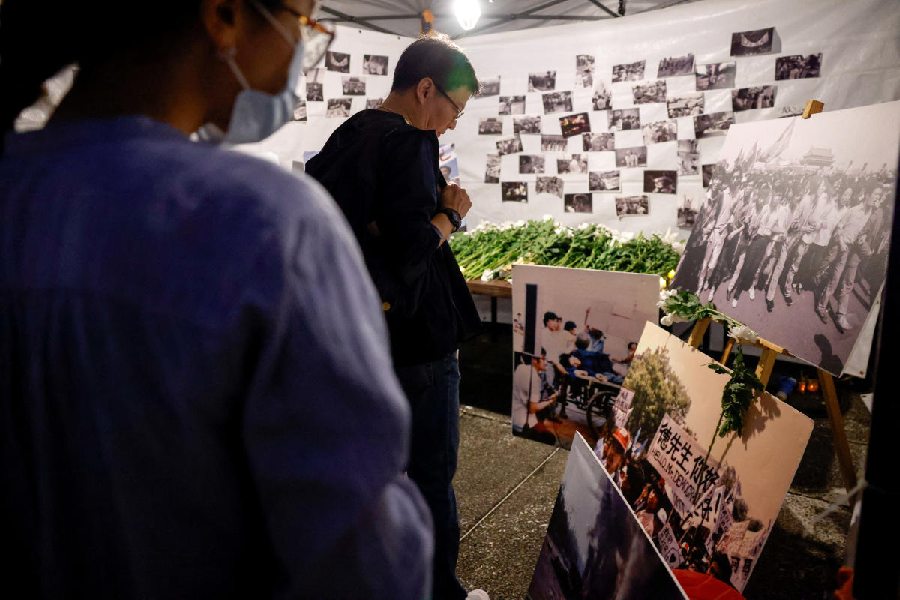Going beyond what is normally referred to as the development vs. anti-development debate, one should perhaps go back into Orissa’s colonial past and examine the growth of India’s first indigenous capitalist enterprise — the Tata Iron and Steel Company (Tisco). This was established by the Tatas at Jamshedpur and had a distinct association with Mayurbhanj, Orissa’s largest princely state. While many factual aspects lie hidden in the graves of the tribal people, or in their oral traditions, the excavation of some materials present a picture of the bitter lived experiences of the state’s people.
Tisco began with an initial capital of around Rs.2.5 crore raised within three weeks in 1907. The context was charged with the “swadeshi” spirit sweeping Bombay and the Indian capitalist class decided to jump into the patriotic bandwagon. It was in the early years of the 20th century that the Tatas joined hands with the Mayurbhanj durbar, under the aegis of colonialism to exploit the tribal people. This association was propelled by the need for iron ore by the steel factory and its availability in abundance in Mayurbhanj. In fact, its supply was ensured through a lease agreement with the durbar. The Tatas negotiated for the lease in 1903-4 that aimed to start mining operations in the predominantly Santhal tracts of Bamanaghati and Punchur. An amount of Rs 50,919 paid to the Mayurbhanj durbar secured the lease. By early 1922-23, Mayurbhanj had “exported” 393,130 tonne iron ore from mines at Gurumahisani, Sulaipat and Badampakur to Jamshedpur for the Tata Steel Company. The average number of people working in the mines in Mayurbhanj stood at 3,132.
But this is not the entire story of colonial capitalism. This process involved getting people to work in the mines. However, given the context and the associated hazards of working in the mines, it was not easy to get people to work. Nevertheless the feudal state fuelled Indian capitalism rather effectively. What is obviously not mentioned in the few reports that are available is the forcible recruitment of people from among the Santhals and other tribals to work in the iron ore mines. The displaced people and those referred to in the Bamanaghati subdivision as Baje muliyas (literally, worthless labourers) as well and Bandha muliyas formed the bulk of the work force in the iron ore mines. Consequently, this solved the problem of labour rather “easily”. Modelled along what is referred to as forced, bonded labour or bethi — a term that is yet to become extinct in many parts of Orissa and India — iron ore was mined. The durbar was defended by colonialism and legitimised by the Oriya middle class, for its chief’s support to its identity movement. Although ironic, the process could co-exist and was quite compatible with the wiping out of the “identities” of the tribals.
The history of the Tatas and their interaction with Orissa was based on the terror unleashed on the tribals by the combined might of colonialism and the durbar in the 19th century. The concerns of both the colonial government and the durbar for the tribal people and the forests are striking. As reported by T.E. Ravenshsaw (the officiating superintendent, Orissa states) during his 10-day tour of Mayurbhanj in 1866, the Deslogs (viz. the tribals) comprising Santhals, Bhumijs, Kols and Hos were being displaced from their villages by the Hatuas, which included the Hindu Goalas, Chasas and Mahatntis. The next step was to launch drives to restrict shifting cultivation. The contradiction was that the forests were simultaneously tapped for wood. Mayurbhanj durbar’s income from the forests rose from Rs 30,000 in 1890 to between Rs 1,25,000 and Rs 1,50,000 over 1910-20. Thus, although the forests were stolen, wood was made available for iron ore mining, construction of communication links with Jamshedpur and the railway lines that linked Baripada to Rupsa. All these caused suffering and discontent among the tribal folk.
The displacement and the pauperisation of the tribals, along with the bonded labour system was a pre-condition to achieve the modernity associated with the mines in Mayurbhanj. After all, these created a readymade supply of cheap or bonded labourers to work the labour-intensive mines that fuelled Sakchi, where the Tatas had set up their steel factory. In fact, it is only when the State Peoples’ Movement developed in the late 1930s that we get clues of the advantages that colonial capitalists like the Tatas had in Mayurbhanj, where there were no labour laws till Independence. A Prajamandal meeting held on 14-15 May, 1947, passed a resolution demanding the immediate enforcement of the Trade Union Act.
Modernity and the visions of development served to camouflage the realities that the tribals experienced. Mayurbhanj chiefs were liberals who were often invoked by the Oriya middle class in the colonial period and by the post-colonial Oriya ruling classes. Some of the pioneers who were involved with writing post-colonial Gazetteers on the districts of Orissa in fact provided accounts of Mayurbhanj. After all, some of them were bureaucrats who were from this princely state.
As for the Tatas, they were “clean”. After all, they only had a lease to mine the iron ore and could claim that their business had nothing to do with the tribals or the destruction of the forests. As far as the durbar was concerned everything was “normal” since most of the princely states had bethi. Mayurbhanj was one of the few princely states that hardly had problems, since regular administrative reports were not published. Thus, even the Congress inspired Orissa States Enquiry Committee Report (1939) was taken by surprise when some Kol and Bathudi tribals met it at Balasore (outside Mayurbhanj) to report their grievances. This trend continued and R.K. Ramdhyani’s report that documented the Orissa and Chhattisgarh states in the 1940s strangely missed out only one state —Mayurbhanj. Consequently, the price for what some present-day economists call “development”, and political sociologists and historians call “colonial modernity”, had to be paid by the poor tribals and the wanton destruction of the forests. Worth considering are some of the similarities between past and the present. The shift from iron ore to bauxite, or the global scramble for natural resources are, at best, the tip of the proverbial iceberg!











